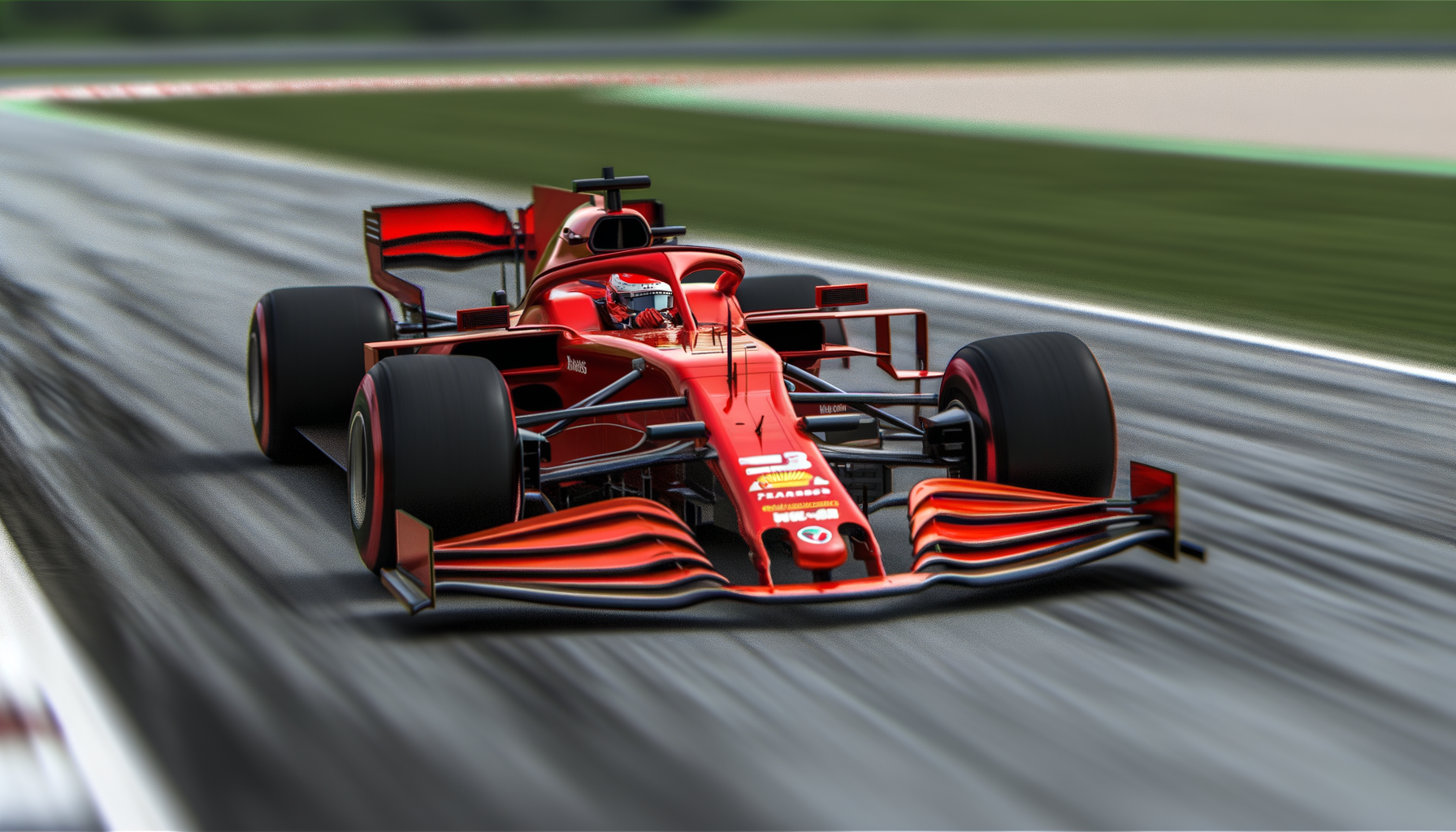Jon Dahl Tomasson’s Sweden revolution: How Isak and Gyokeres lead the way
Discover how Jon Dahl Tomasson is reshaping Sweden’s national team with Alexander Isak and Viktor Gyokeres leading a dynamic new era in football.

By Editorial
Introduction to Sweden’s football renaissance under Jon Dahl Tomasson
Sweden’s national football team has undergone a remarkable transformation under the stewardship of Danish coach Jon Dahl Tomasson. After missing out on the 2022 World Cup and Euro 2024, the team faced the harsh reality of a decline from its former elite status. But Tomasson’s appointment signalled a new era, one focused on revamping both identity and results. Central to this reinvention are strikers Alexander Isak and Viktor Gyokeres, who embody the attacking spirit of this emerging Swedish golden generation.
The crisis that sparked a national team reset
Before Tomasson’s arrival, Sweden was in a troubling phase. Failure to qualify for consecutive major tournaments, including relegation to the third tier of the UEFA Nations League, painted a bleak picture. Historically, Sweden has seen ups and downs, with notable absences from Euro '96 and the 1998 World Cup, as well as an extended drought in the 1960s and 1980s. However, unlike the past, this slump came without a recent underpinning of success, creating a pressing need for a fresh approach.
Tomasson’s vision: From 4-4-2 to a modern attacking style
One of Tomasson’s first moves was to break away from Sweden’s long-standing 4-4-2 formation, a system deeply ingrained in the nation’s football DNA. Introducing a 3-4-1-2 setup, he sought to instil fluidity and dynamism into the team’s play. This change wasn’t merely tactical; it was revolutionary for Swedish football. The results have been encouraging: Sweden dominated the latest Nations League campaign, leading Europe in goals scored, shots taken, and chances created, with an average of 66.5 touches inside the opposition’s box – a stark contrast to previous campaigns.
Statistical proof of progress
During the Nations League, Sweden’s attacking metrics surpassed even England’s, a team renowned for their offensive prowess. While critics might argue that Sweden's competition level was lower, the style and effectiveness of play mark a clear break from the past. Tomasson insists football must be entertaining as well as successful, emphasising the importance of creating a connection with supporters through attractive football.
Building an attacking environment for players
Key to Tomasson’s approach has been fostering a positive, attacking environment that players embrace. Many squad members have experience abroad and are accustomed to more expansive styles, making them receptive to change. Tomasson notes the players’ willingness to 'run through a wall' for the national team, highlighting a renewed pride and joy in representing Sweden. This cultural shift is crucial, as national teams have limited training time and must maximise international breaks to implement tactical and philosophical changes.
The role of scouting and coaching staff
With only a few days per international camp, Tomasson and his coaching staff have developed an intensive scouting network, monitoring 55 players and reviewing over 1,800 matches within the first 15 months. This rigorous observation allows them to select players who fit the evolving style, ensuring the team’s identity is maintained and strengthened over time.
How Tomasson masters the partnership of Isak and Gyokeres
Sweden’s attack is spearheaded by Alexander Isak and Viktor Gyokeres, heralded as one of the most exciting striking duos since the days of Tomas Brolin and Martin Dahlin. Despite early scepticism about their compatibility, Tomasson has created a tactical framework that allows both to flourish simultaneously.
Isak and Gyokeres have subtle but important differences in their playing style. Gyokeres excels with high-level channel runs, while Isak specialises in penetrating runs just behind defenders. Tomasson’s strategy involves crafting attacking opportunities where both forwards can exploit these strengths, expecting multiple high-quality chances per game.
Fostering teamwork over rivalry
Recognising the natural goalscoring pride of strikers, Tomasson promotes harmony over competition. A telling example occurred during a recent international camp when Isak, after scoring twice, willingly handed a penalty to Gyokeres to boost his confidence. This team-first mentality is a cornerstone of the current Sweden squad’s culture, fostering mutual support and collective success.
Emerging talents and the future of Swedish football
Beyond Isak and Gyokeres, Sweden boasts a crop of young talent including Newcastle’s Anthony Elanga, Spurs’ Dejan Kulusevski and Lucas Bergvall, and Brighton’s Yasin Ayari. Players like Hugo Larsson, Sebastian Nanasi, and Samuel Dahl are gaining valuable experience in Europe's top leagues, signalling a promising future.
Tomasson acknowledges the team’s relative inexperience but is optimistic about the potential. With a blend of youth and a few seasoned campaigners, Sweden could be on the cusp of a new golden era. Their fearless approach and tactical evolution offer hope for returning to major tournaments and competing at the highest level.
Conclusion: A new dawn for Swedish football
Jon Dahl Tomasson’s revolution is more than just a change in formation; it is a cultural and tactical reset that is breathing fresh life into Swedish football. By embracing modern attacking football, nurturing a supportive team atmosphere, and harnessing the talents of stars like Alexander Isak and Viktor Gyokeres, Sweden is carving out a new identity. Fans can look forward to a more exciting brand of football and, hopefully, a return to international success.
For readers interested in diving deeper into the structure of football in the UK and beyond, our Comprehensive Guide To UK Football Leagues And Teams offers valuable insights on domestic competitions and player development pathways.
Related topics
Editorial
Sports expert at SportsScoop
Specialist in sports analysis and journalism
Related articles
Want to read more?
Explore our comprehensive collection of sports articles and analysis, or contact us for more information.



